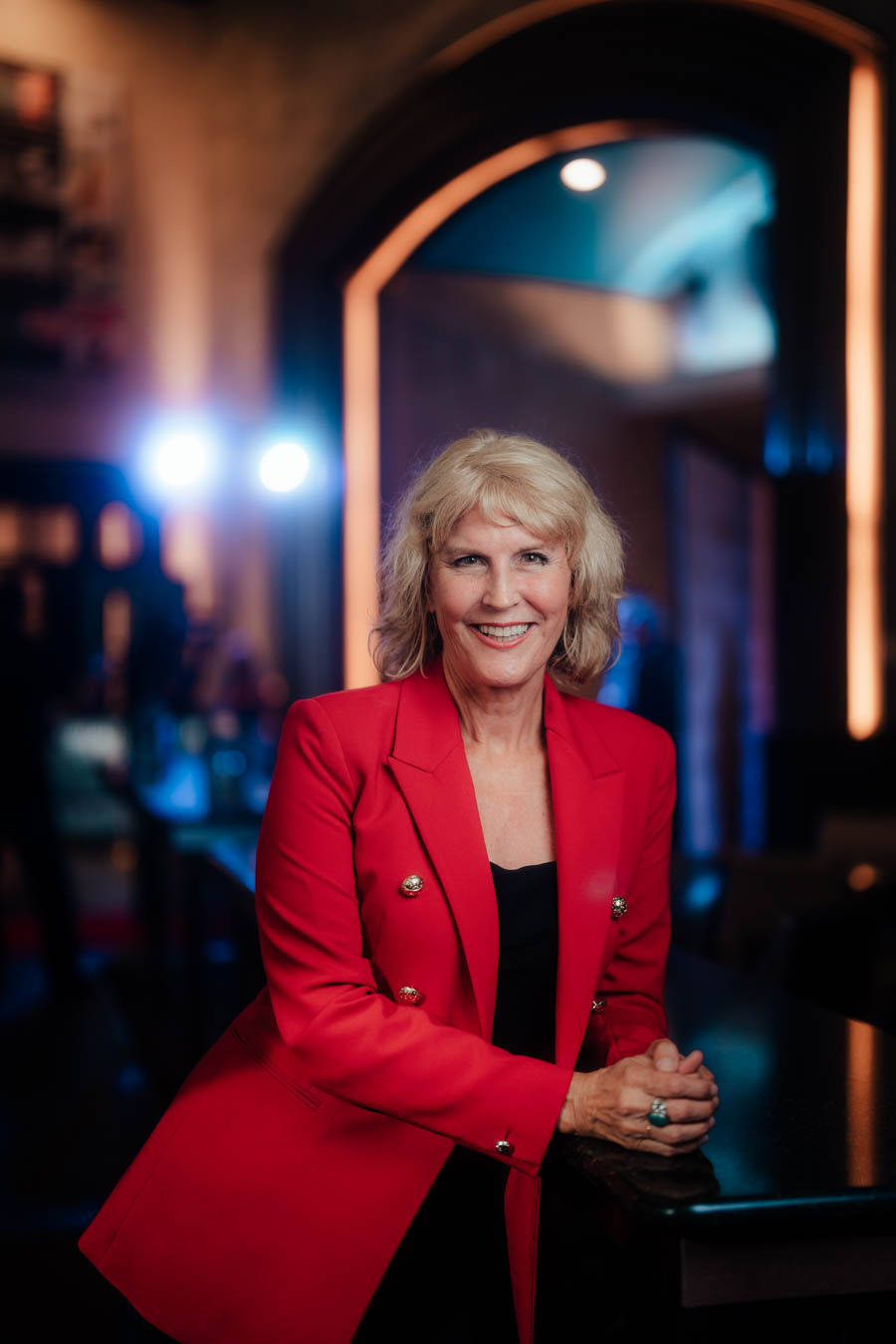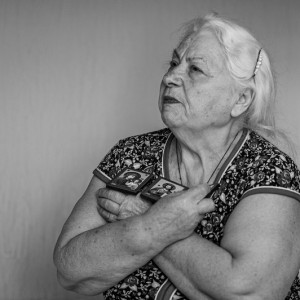So much can hide behind a smile. For as much quantifiable damage the COVID-19 pandemic wreaked throughout the world, there was just as much unseen destruction as a result of it. Increasing levels of mental illness, exacerbated by the isolation and grief from the lockdown, ran rampant throughout communities, and first responders faced with the impossible task of keeping everyone safe and healthy, experienced trauma in a way they never had before. This turbulence serves as the setting for Bridge to the Other Side, director KT Curran’s latest feature film. The film follows Max Toussante, a grieving widow who in an effort to come out of her grief, joins the fire department’s crisis response team and starts helping young adults struggling with mental illness in the community. In addition to a commentary on the growing mental health crisis in a post-pandemic world, the story is also a tale of unraveling two traumas–both Max’s and of her crisis response team partner, firefighter Jake Monroe. “What we first wanted to tell a major story about were those increasing levels of mental illness in our communities, especially in young people, as a result of the pandemic. What I wasn’t initially aware of was also its impact with first responders as they dealt with all the trauma. We have our police, our firefighters, our paramedics, our medical staff that was on overload for the past three years and I wanted to tell a story in a way that can honor these heroes in our community,” says KT Curran. “So I interviewed 150 people in our immediate community and across the nation about crisis response and mental health. I talked to therapists, firefighters, police, parents, teachers, nurses, doctors and I thought, how do I weave all this together in a compelling narrative feature, a fictional tale that somehow will give audiences a sense of what I was hearing in the interviews? One of those interviews happened to be with a crisis response team leader and I thought that is a way to tell many stories in a unified way.”










